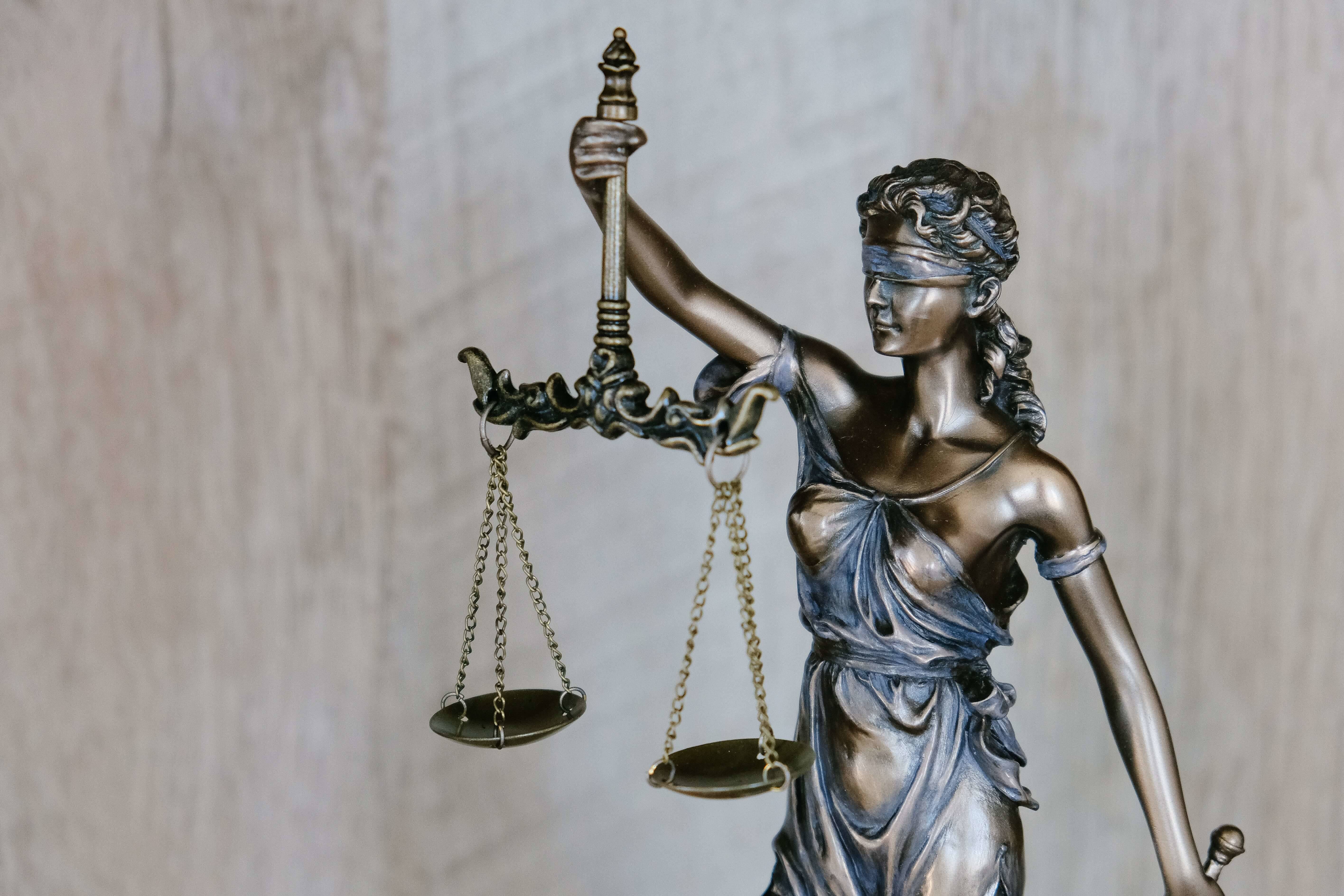Number Plate Rules & Laws 2023
27.11.2023

Getting a personalised private number plate is a great way to personalise your vehicle. But, if you’re not careful, you could be breaking number plate rules and laws. If you’re caught with illegal plates, you could face penalties, fines and fail your MOT.
As a number plate owner, it’s important to be aware of the law, so you can stay compliant. In this blog, you’ll learn all about DVLA (Driver and Vehicle Licensing Agency) regulations. This includes rules for registering, buying and displaying your plates on cars, motorcycles and tricycles.
By the end, you can feel more confident that your plate is compliant and avoid penalties.
Registering Your Number Plate
All vehicles in the UK that use public roads must display number (or licence) plates on both ends of the vehicle. They must also be registered through the DVLA or DVA.
When registering a plate, the owner will be given a certificate of registration to confirm that the registration process is underway. Similarly, for an existing or pre-owned plate, a certificate of retention is issued.
In both instances, the registration process must be completed within six months, otherwise it expires and must be restarted in order to keep the plate.
Owners can only purchase a number plate for their vehicle once it's officially registered. Once this process is completed, the registrant can choose between a standard plate issued by the government or a personalised (or cherished) plate from a DVLA supplier. However, this supplier has to meet the legal requirements.
Reusing Character Combinations
The combination of letters and numbers on your number plate must be unique and cannot be recycled for future plates. However, they can be sold to another owner, who also assumes ownership of the registration documentation.
Buying from a Registered Supplier
All number plates should only be purchased from a registered number plate supplier, also known as a RNPS. You can check before you buy on the RNPS database.
Essential Rules for Displaying Number Plates
The DVLA set out specific requirements for displaying number plates, which must be adhered to.
Number plates must:
-
Be made from reflective material
-
Display black characters on a white background on the front plate
-
Display black characters on a yellow background on the rear plate
-
Not have a background pattern
-
Use the Charles Wright 2001 font
-
Be marked to show the number plate supplier
-
Be marked with a British Standard number (BS AU 145e for any plate fitted after September 2001)
|
Essential |
Illegal |
Optional |
|
|
|
Spacing
It’s illegal to change the spacing on your number plate, because you could misrepresent the numbers and letters.
Here are the requirements:
-
Character height: 79mm
-
Character width: 50mm
-
Character stroke (thickness of black print): 14mm
-
Space between characters: 11mm
-
Space between age identifier and random numbers: 33mm
-
Side margins: 11mm
-
Top and bottom margins: 11mm
-
Vertical space between age identifier and random numbers: 19mm
For more detail, read our guide to number plate spacing laws.
Displaying Motorcycle and Tricycle Number Plates
Many of the laws are the same for motorcycles and tricycles. However, there are some vehicle-specific laws:
-
Number plates have to be displayed on the rear of the vehicle
-
The front plate is optional, but it must have a white background and black lettering
-
The lettering on the plate must be across two lines
There are also minimum spacing requirements. For example, the thickness of the lettering must be 10mm, and the spacing must be 10mm.
Read our full guide to motorcycle number plate laws for more information.
Rules for Trailers
The number plate on a trailer needs to be the same as the one on the vehicle towing it. If you’re towing multiple trailers, the one at the back has to display the number plate.
When you’re travelling outside the UK, the number plate on the trailer must be fixed, as well as the one on the vehicle. If you can’t fix it to the back of the trailer, fix it to both sides instead. It has to be clearly visible to road users and ANPR cameras.
Non-Registration Markings
In addition to the registration number, number plates must be marked with:
-
British Standard number (BS AU 145e)
-
Name or identifier of the manufacturer
-
Name and postcode of the number plate supplier
This must be 7mm below the registration number, one shade of colour and no-reflective.
There are also optional markings you can include on your plate:
Flags
You’re allowed the following national flag symbols on the left-hand side of the number plate:
-
Union flag (also known as the Union Jack)
-
Cross of St George
-
Cross of St Andrew - also known as the Saltire
-
Red Dragon of Wales
These are the acceptable national identifiers:
-
UNITED KINGDOM, United Kingdom or UK
-
GREAT BRITAIN, Great Britain or GB
-
CYMRU, Cymru, CYM or Cym
-
ENGLAND, England, ENG, Eng
-
SCOTLAND, Scotland, SCO or Sco
-
WALES or Wales
The flag must be displayed above the identifier. It can’t be on the margin, or be more than 50mm wide.
Borders
Some number plates include a border, but this is optional. If you decide you’d like one, they must be:
-
Permanently printed
-
A single shade of non-reflective colour
-
5mm wide
-
10mm from the edge of the registration characters
-
Have no pattern or texture
-
Not be above any other markings
Borders can run level with supplier details and the British Standard number, but they can’t obscure them.
Green Number Plates
If you have a zero-emissions vehicle, you can buy a number plate with a green strip on the left-hand side.
The green flash should be reflective. The colour needs to be Pantone 7481c specifically, and it must be 40mm to 50mm wide.
Learn more in our guide to green number plates.
Screws and Fixing
As per the DVLA’s rules, you can’t use screws and fixings to obscure the numbers and letters on your number plate. For example, you can’t place them in the middle or next to the characters.
In short, your registration number needs to be clearly displayed at all times. If you’re using screws or brackets, ensure they’re on the far left and right, or somewhere where it won’t obscure the characters.
For a more detailed breakdown, read our guide to number plate screws and fixing laws.
2023 Number Plate Rules
Every year, new number plates get issued in March and September (you can learn more about this in our guide to the new 2023 number plates).
Registrations with the number ‘23’ were introduced on 1st March 2023, and registrations with ‘73’ were introduced on the 1st of September 2023.
The DVLA bans any new number plates which may be rude or offensive. For example, ‘AN73’ can read as ‘ANTI’ and ‘HA73’ can read as ‘HATES’. Therefore, there are new banned plates that you need to be aware of every year.
What Makes Number Plates Illegal?
Taking all the DVLA rules, laws and regulations into consideration, here’s what makes a registration plate illegal:
-
Not registered with the DVLA
-
Reused numbers and letters
-
Bought from a non-registered supplier
-
Non-compliant font, spacing or size of the characters
-
Non-compliant colours
-
Obscured characters (dirt, screws, fixings)
-
Illuminated plates
-
Tampered plates
-
Banned combinations
-
Non-standard symbols or design
Penalties for Illegal Number Plates in the UK
If you’re caught with an illegal number plate, you could face a number of consequences, including:
-
£1000 fine from the DVLA
-
MOT failure
-
Registration number may be withdrawn permanently
If your plate is withdrawn, you won’t receive the money back that you paid for it, meaning you’ve lost your investment.
If you don’t comply with number plate laws, you’ll be given a vehicle defect rectification form. You’ll have 14 days to rectify the plate before receiving a penalty.
How ANPR Systems Work
Automatic Number Plate Recognition (ANPR) systems are used by law enforcement to detect illegal number plates.
When your vehicle passes the camera, the registration number is read and checked against a database. If any illegal activity is detected, this is then flagged to law enforcement agencies to take action.
Find a more detailed breakdown in our explanation of ANPR cameras for number plate owners.
Considerations for Outside the UK
You may need to display an oval UK sticker on the rear of your vehicle if you’re driving outside the UK. However, you won’t need one if you have a UK identifier (Union Jack flag) on your plate already.
UK stickers replaced the old GB stickers, so cover the old GB one if you have it.
You must have a UK sticker for Spain, Cyprus or Malta regardless of what’s on your plate, but you don’t need one in Ireland.
You must also have a UK sticker if your number plate has one of the following:
-
Numbers and letters only, with no flag or identifier
-
A GB identifier with the Union flag (Union Jack)
-
A European Union flag
-
A national flag of England, Scotland or Wales
Number Plate Rules for Historic Vehicles
For drivers of historic vehicles, different number plate rules apply, according to the DVLA’s INF104 document.
If your number plate was registered before 1973, the characters can be shown over three lines. This is the same for cars, motorcycles and tricycles.
You can also have black and white number plates for plates registered before 1980. But you need to register for the DVLA and the ‘historical vehicles’ tax to comply.
FAQs
Can two cars have the same number plate?
No – two cars cannot have the same number plate simultaneously in the UK. Each vehicle is required by the DVLA to have a unique registration number. This is for tracking and monitoring purposes.
Is it illegal to cover your number plate?
Yes – it’s illegal to deliberately obscure or cover your number plate in the UK. The Road Vehicles (Display of Registration Marks) Regulations 2001 mandates that number plates must be easily readable. Any obstructions – like dirt, screws or accessories – that impede visibility are against the law.
Are glitter plates legal?
No – it’s illegal to fix glitter number plates to your vehicle, according to UK law. According to the Road Vehicles (Display of Registration Marks) Regulations 2001, number plates must adhere to specific standards to ensure readability and identification. Glittery materials could impede visibility, and as a result they’re not permitted.
Can you have a black licence plate in the UK?
You can have a black and white licence plate if you own a historic vehicle registered before 1980. However, if your vehicle is registered after 2001, this rule doesn’t apply. Instead, you must have black lettering on a white background on the front, and black lettering with a yellow background on the rear.
Can I report illegal number plates?
Yes, you can report illegal number plates in the UK. If you come across a vehicle with number plates that appear to violate regulations – for example, they’re obscured or illegible – then you can report it to the Driver and Vehicle Standards Agency (DVSA).
Buy Registered Number Plates from Absolute Reg
At Absolute Reg, our customer support team can support you before, during and after your purchase. If you have any questions about number plate laws, or you’re concerned that your plate isn’t compliant, we’re happy to help.
Use our number plate search today to get started.
Read More
Number Plate Spacing Laws: Explained
How ANPR Affects Number Plate Owners
Sources
Rules for Displaying Number Plates, DVLA



